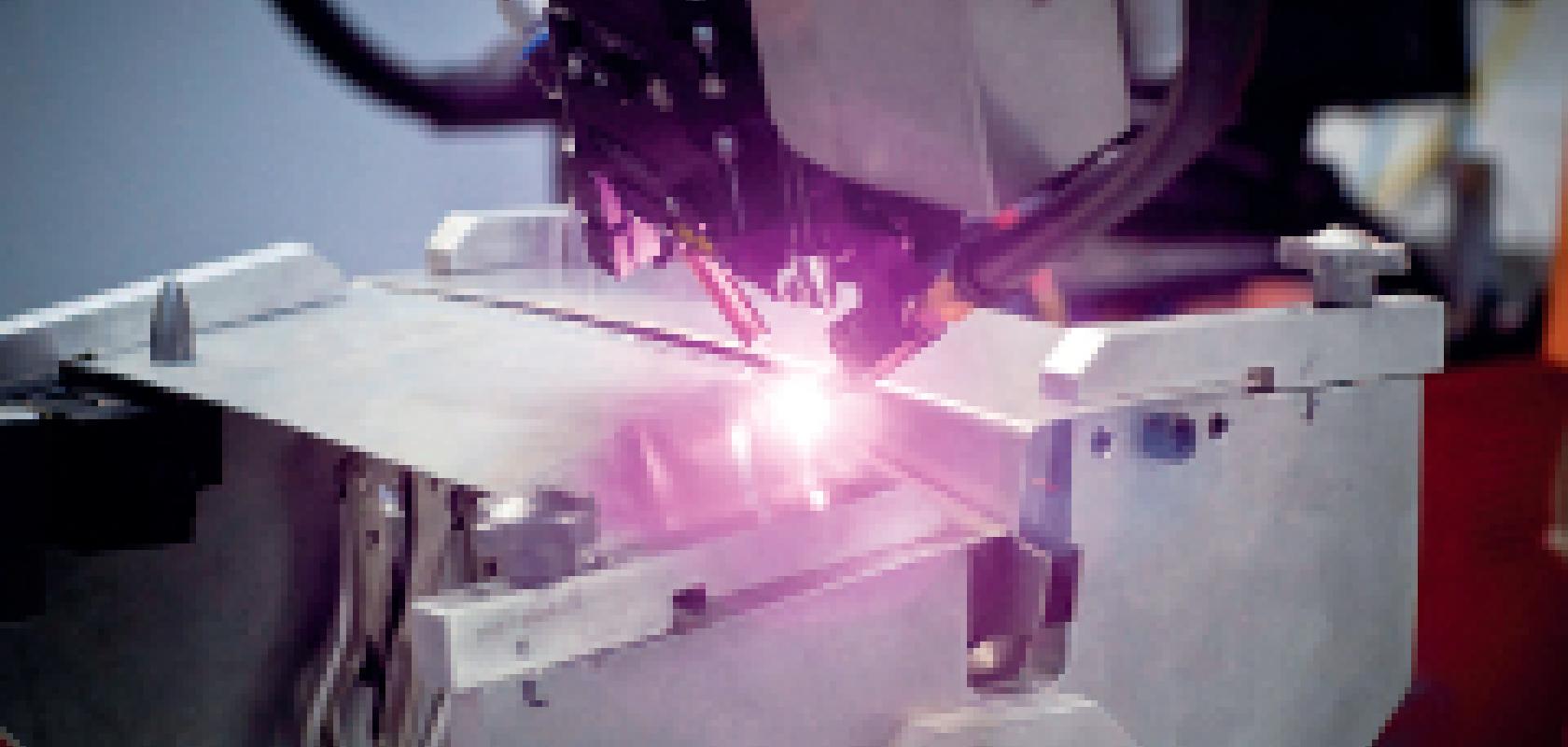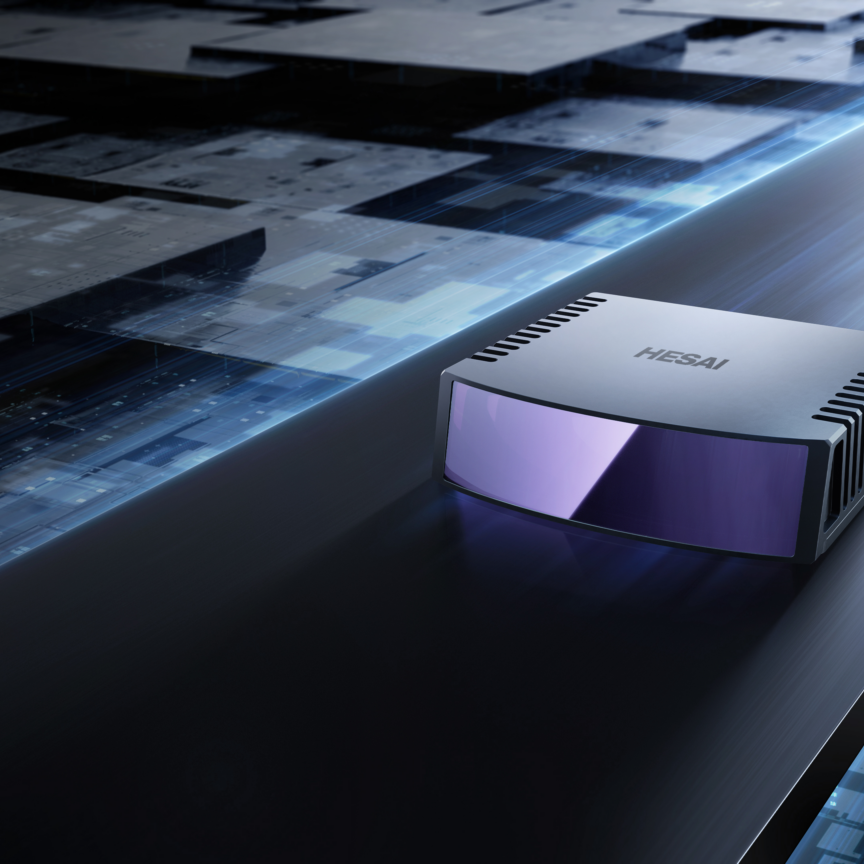The global laser diode market was estimated at $4.6 billion in 2013 but this value is expected to have more than doubled to $10.26 billion in 2020, according to a report published at the end of October 2014 by Transparency Market Research. Laser diodes are currently used for a variety of purposes including direct diode welding or operating as pump sources for disk and fibre lasers – and the number of uses keeps growing. New trends include additive manufacturing and hardening; potential future applications are welding of composite materials such as carbon fibre reinforced plastics.
The efficiency of the laser diode and its small size are what makes them desirable, but even though diode lasers are the most efficient laser type, there is still a build up of heat in the diode chip.
Mark Gitin, director of marketing and business development at Coherent, commented: ‘A diode’s electrical to optical efficiency is in the range of 50 to 70 per cent. However, that means roughly 30 to 50 per cent of the power is heat, which needs to be removed.’ Excess heat results in a temperature rise that affects the laser performance and reliability.
Handling the heat is a particular focus area of research according to Gitin. He said that technology development in this area has two thrusts: ‘At the chip level, you try to make the chip as efficient as possible at high temperature, to minimise the amount of waste heat and resultant self-heating. At the packaging level, you want to remove as much waste heat as possible, to keep the device from getting hot in the first place.’
Gitin continued: ‘It’s critical that the diode is matched to the packaging technique. The way we address this at Coherent is by being completely vertically integrated. We make the diodes ourselves, starting from the epitaxial layers; we grow our own wafers, we create our own bars, and we do our own packaging. We have all of the pieces so we can optimise the system for the application.
‘There is a lot of back and forth between the epitaxial and the bar design, as well as the packaging design,’ he explained. Coherent makes hundreds of thousands of bars, and is one of the largest producers in the world, according to Gitin.
Micro-managing
Now, more powerful diodes operating at higher brightness are helping to create new application areas for the technology, including cutting metals, something that direct diode lasers never used to be suitable for. However, higher powers can create issues for heat extraction. One of the ways to create higher power diode lasers is to use multiple diode bars stacked on top of each other. Gitin said that in order to get the highest brightness possible, laser light from each bar has to be confined to as small an area as possible. One of the ways to do this is to stack the bars very close to each other: ‘We pack them [the diode bars] at a very high density, on the order of 1.7mm packing density,’ he said. ‘At Coherent, we can get multiple kilowatts of power from a device that is a centimetre.’
Accomplishing this at very high powers requires the use of advanced packing technologies, and the most efficient way to cool laser diodes is with liquid cooling. The trick is to get the fluid as close to the p-n junction – which emits the photons – as physically possible to minimise thermal resistance. ‘It is also critical to have the proper fluid dynamic design so that the water efficiently flows the heat away,’ explained Gitin, speaking about the micro-channel cooling method Coherent uses.
Micro-channel coolers are small water cooled plates with thin channels that allow fluid to pass through them. These plates can be fitted very close to the p-n junction and carry the heat away efficiently. Micro-channel cooling, also known as active cooling, is what German company Laserline chose to use with most of its high-power diode lasers. Dr Andre Eltze, sales manager for Europe at the company, said: ‘The diode laser bar is at the end of a cooling device and cooled by water flowing inside specific small channels, so it’s ideally cooled.
‘What is interesting about active cooling is that a lot of people see it as difficult,’ Eltze added. ‘This is because around ten years ago there were some problems with active cooling. There is always a compromise between the ability to cool and the corrosion of the cooling channels. These issues led a lot of companies to talk about passive cooling, which means that the cooling occurs further away from the chip. This reduces corrosion to the channels, but it means the diodes are less efficiently cooled.’
Laserline gives unconditional warranty for five years on the diode laser stacks using active cooling. ‘It’s a question of water conditioning, its purity, the path of the micro-channel, and by increasing the robustness of the laser diode so that temperature is not as destructive,’ Eltze said.
There is a balance to be found between optimum cooling and optimum lifetime of the cooling channel. The drawback of smaller cooling channels is that corrosion becomes a problem.
‘It’s a continuous area of improvement for cooling technology. We work with the suppliers of the heat sinks to try and optimise this,’ Eltze commented.
Active cooling offers another advantage than just efficient cooling. Eltze observed that through active cooling of the diode, precise wavelength adjustments can be made to fine-tune the laser. This is done by increasing or reducing the amount of cooling that is occurring and therefore manipulating the temperature – which can create a wavelength shift on the order of 5 to 7nm. A change such as this can help compensate for shifts resulting from a change in laser output power.
He clarified: ‘In most cases we provide diode lasers for materials processing. Our lasers are directly used for welding, heating, hardening, or a complete laser can be used as a pump source for a disk laser. For example Dausinger and Giesen’s disk lasers are in many cases pumped using Laserline’s diode lasers. In these instances the customer can fine tune the wavelength by using the active cooling temperature. This is something that can’t be done with passive cooling.’


